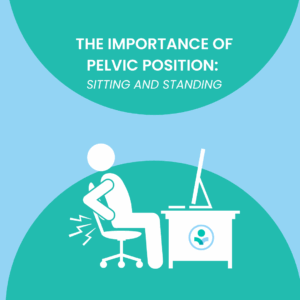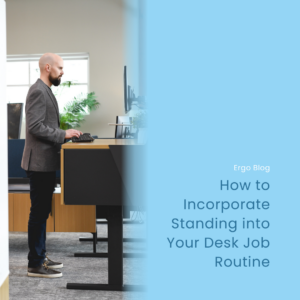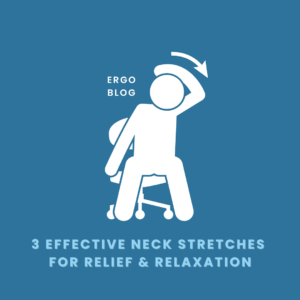Updated: Feb 23, 2023
How to Set Up an Office Chair
A lot of the time, getting something new, especially a new office chair can be quite fun. However, it can sometimes feel overwhelming if your new chair has a lot of buttons and levers. It is important to make sure your chair is adjusted to you and your needs, so you get the support to keep you upright with a good posture throughout your workday.
If you are looking for a new office chair and have not purchased one yet, consider checking out this article What Office Chair Should I Buy? There is not one magical chair that fits every person. Take the time to explore your options to get a chair that fits just right. Take it from Goldilocks who took the time to find a chair that was the best choice for her!
Below are the items to consider when sizing your chair to you. The list purposefully starts with your feet and moves upward. Not all chairs are manufactured with all these options. This list is fairly comprehensive. One thing to consider is that the more adjustable components a chair has, the more likely it is to adjust to fit you.
11 Tips for a Better Fitting Office Chair
- Rest both feet flat on the floor while wearing supportive and comfortable shoes. It is okay if you cross your feet at your ankles from time to time but keep both feet flat on the floor for most of the time. Avoid crossing your legs at your knees.
- Adjust the height of your chair so your knees and hips are bent to 90-100 degrees. This also means that your thighs should be parallel to the floor. Your hips should not be lower than your knees. This will create an additional force to your knees, hips, and low back which is not wanted. These joints are not designed to sustain more pressure. Most of the weight, when you are in a seated position, should be distributed throughout your thighs. It’s okay if your hips are slightly higher than your knees.
- If your seat pan has an adjustable angle feel free to leave this so it is parallel to the floor most of the time. You can change the angle throughout the workweek, so you are slightly changing your seated position from day to day. If you are pregnant or need more space at your hips, try tilting your seat pan so the front edge is slightly downward.
- Move your seat pan forward or back so there is only a 1 to 2-inch space between the back of your knee and the front of the seat pan.
- Sit up with your best posture and then scoot your rear all the way to the back of your seat. You may need to readjust your seat pan depth after doing this. Sitting up with your best posture and your rear all the way to the back of your chair will allow your backrest to work the most efficiently to provide great back support. Avoid slouching which tilts your pelvis posteriorly. On the contrary, also avoid perching which can tilt your pelvis anteriorly.
- Adjust the lumbar back support to provide additional relief to your lumbar spine. We all have a natural ‘S’ shape to our spine, but everyone’s lumbar curve might be slightly different. Take the time to find the best location for your lumbar support to fit your spine.
- If your backrest has a ratchet back where the height raises and lowers, adjust this height so you are getting the most support at your lumbar spine and hopefully you are getting support to your mid shoulder blade as well.
- Turn the backrest tension knob to your comfort level. The more resistance your backrest has, the more effort it will take for you to lean back in your chair to stretch your hip flexors while you are seated. Stretching your hip flexors and leaning back are great positions for 1-2 minutes each hour.
- Move your armrests up or down to fully support your arms with your elbow at a 90 to 100-degree angle. If you are uncertain about the height, try lowering the armrests completely then relax your shoulders down and back. Bend your elbows to 90-100 degrees then bring your armrest up to this height.
- Armrests sometimes pivot and move in toward your body and away from your body. Position your armrests so your elbows are at your sides but not touching your sides and close to being under your shoulders. Positioning your shoulders in about 20 degrees of abduction is ideal.
- If your armrests move forward and backward, move them into a position where you are getting support through your forearms and not through your wrists. Your wrists should be free floating and not resting on any hard surfaces.
These recommendations provide a great foundation so you can be well supported while sitting in your office chair. It’s okay to slightly move away from these positions throughout your workday to provide some movement while seated. Also be mindful of your habits, especially slouching, leaning to one side more than the other, and reaching outward versus resting your arms on your armrests. Using a new or different office chair does not always break old habits. Be patient and give yourself time for new changes.
Check out our YouTube video below for a visual representation of the blog!



